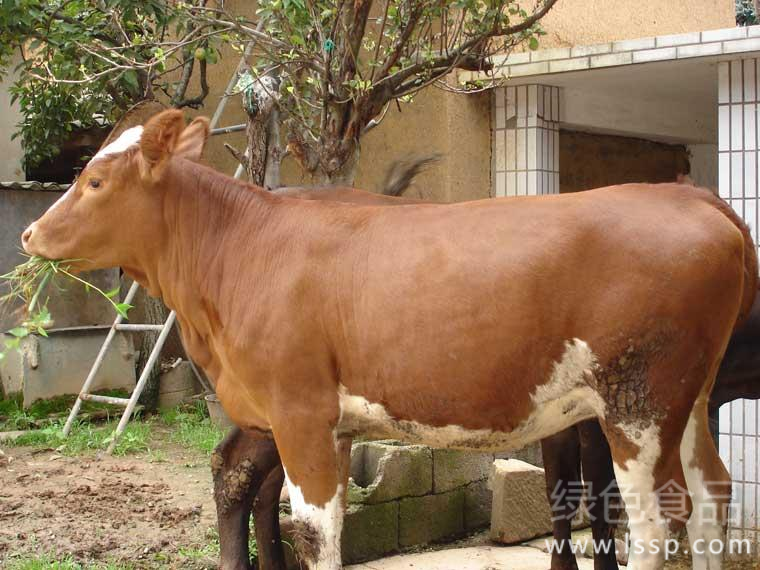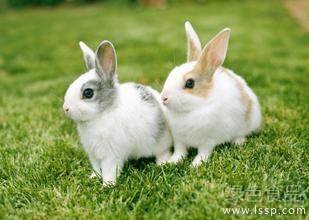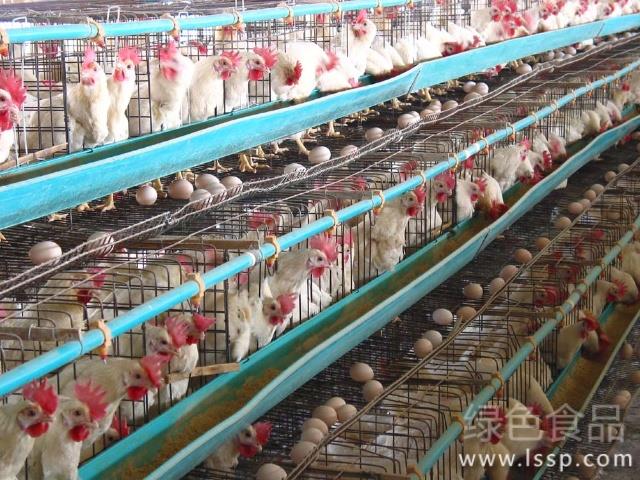The weight gain of hot beef cattle in summer slows down the breeding points of summer beef cattle
In summer, the weather is very hot, cattle are easy to lose fat in order to resist heat, and high temperature and humidity easily cause many adverse effects on beef cattle breeding, such as heat stress, reduced feed intake, slow weight gain, etc., especially cows and calves. In order for beef cattle to spend the summer safely, the following measures can be taken:

beef cattle
I. For the environment of cattle house, heat insulation measures shall be taken to prevent heat from outside the house from being transmitted to the cattle house. Ventilation shall be strengthened to ensure air flow in the house. Weeds and shrubs around the cattle house shall be clear. All doors, windows and ventilation holes shall be opened as much as possible to reduce the room temperature, cool the beef cattle and reduce panting. Do not let breed beef cattle or fattening cattle directly exposed to the sun, easy to cause sunstroke, and affect growth, reproduction.
2. Reasonable feed allocation to meet the nutritional needs of beef cattle. Provide enough coarse feed to meet the rumen microbial activities of beef cattle, and then match the diet according to the production objectives and economic benefits of beef cattle of different types or different physiological stages of the same type. The ration should be complete nutrition, variety, palatability, easy digestion, fine, coarse, green feed, reasonable mix. Proper supplement of electrolytes, vitamins, feeding rich in carbohydrates and water juicy green feed, not only good palatability, but also thirst quenching, heatstroke prevention and cooling, relieve heat stress beef cattle. When feeding, do not only feed beef cattle grass, because the green feed is fresh and juicy, palatability is good, beef cattle often eat too much and gastrointestinal discomfort or overload, resulting in watery diarrhea disease. Therefore, the amount of green feed in beef cattle diet should be gradually increased, and after the gastrointestinal tract of beef cattle is slowly adapted, it should be fed mainly with green feed, and it should not be changed to green feed all of a sudden. Cattle are ruminants and should be fed good quality hay in their diets even when green fodder is plentiful.
III. Strengthen feeding management and reduce disturbance to beef cattle: personnel displacement, equipment movement, be cautious, hot weather plus disturbance beef cattle stress will be greater. Control breeding time: avoid breeding in the hottest July to August, arrange production reasonably; at the same time, breed and collect sperm in the morning and evening. Breeding, selling, castrating, vaccinating in cool weather. Reduce feeding density, arrange cattle transfer reasonably, avoid long-distance transportation of beef cattle in high temperature season. Keep pens clean and eliminate mosquitoes and flies. Adjust feeding time, feed in the morning and cool evening, try to avoid high temperature feeding at noon, feeding at this time can best improve feed intake, do early feeding in the morning, more feeding at night, continuous feeding at night. Feeding time should be gradually adjusted with the change of temperature, and cannot be changed suddenly.
- Prev

How to prevent and cure scabies acariasis in rabbits caused by scabies
How to prevent and cure scabies acariasis in rabbits caused by scabies
- Next

Improper management affects the management of laying hens during the peak laying period.
Improper management affects the management of laying hens during the peak laying period.
Related
- On the eggshell is a badge full of pride. British Poultry Egg Market and Consumer observation
- British study: 72% of Britons are willing to buy native eggs raised by insects
- Guidelines for friendly egg production revised the increase of space in chicken sheds can not be forced to change feathers and lay eggs.
- Risk of delay in customs clearance Australia suspends lobster exports to China
- Pig semen-the Vector of virus Transmission (4)
- Pig semen-the Vector of virus Transmission (3)
- Five common causes of difficult control of classical swine fever in clinic and their countermeasures
- Foot-and-mouth disease is the most effective way to prevent it!
- PED is the number one killer of piglets and has to be guarded against in autumn and winter.
- What is "yellow fat pig"? Have you ever heard the pig collector talk about "yellow fat pig"?

